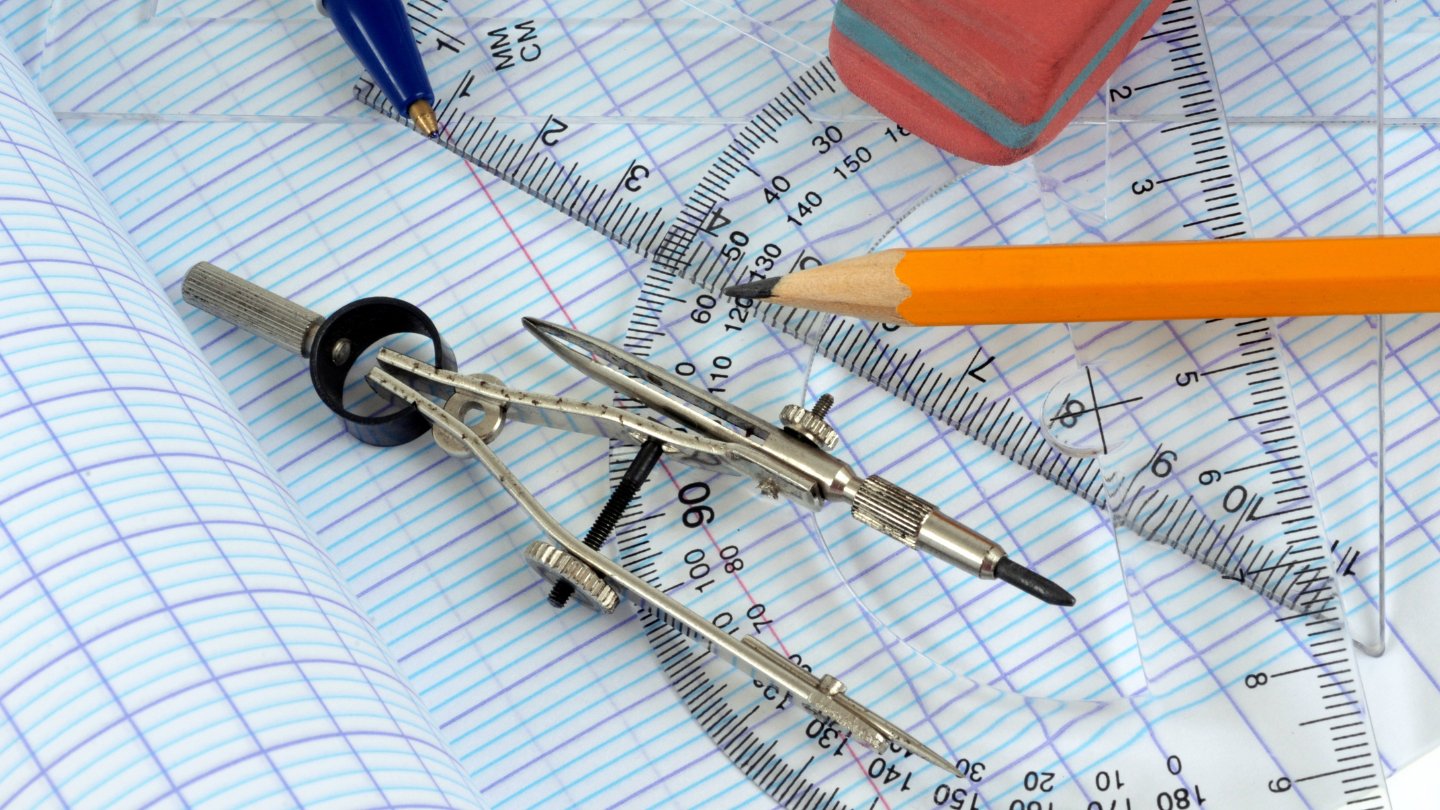

Articles
What Can I Use Instead Of A Protractor
Modified: March 1, 2024
Looking for alternatives to a protractor? Read our informative article for suggestions and tips on what else you can use instead.
(Many of the links in this article redirect to a specific reviewed product. Your purchase of these products through affiliate links helps to generate commission for Storables.com, at no extra cost. Learn more)
Introduction
Protractors are commonly used tools in mathematics and engineering to measure angles accurately. They are essential for students, professionals, and DIY enthusiasts alike. However, there may be situations where a protractor is unavailable or inconvenient to use. In such cases, you may wonder what alternatives are available for measuring angles.
Fortunately, there are several practical and creative solutions that can be used instead of a protractor. In this article, we will explore some alternative methods and tools that can help you measure angles accurately even without a traditional protractor.
Whether you misplaced your protractor, need a quick measurement on the go, or are working on a project where a protractor is not readily accessible, these alternatives will come in handy. Let’s dive in and explore the various options available!
Key Takeaways:
- Get creative with angle measurement! Use a ruler, angle ruler, smartphone apps, or even reflection to estimate angles without a protractor. DIY solutions like paper templates and handmade protractors also come in handy.
- Develop your angle estimation skills! Visual estimation, benchmark angles, geometric shapes, and folded paper techniques can help you make reasonable approximations of angles, even without a protractor. Practice and resourcefulness are key!
Read more: What Can I Use Instead Of Curtains
Ruler
If you find yourself without a protractor, one of the simplest alternatives is using a ruler. While a ruler may not provide the same level of precision as a protractor, it can still give you a rough estimation of an angle.
To use a ruler as a makeshift protractor, follow these steps:
- Place the ruler on the line or side of the angle that you wish to measure.
- Align one end of the ruler with the vertex (point where the two lines of the angle meet).
- Read the measurement on the ruler where the other line intersects it.
Using a ruler in this manner is best suited for angles close to 90 degrees or multiples of 45 degrees. Keep in mind that the accuracy may vary, so it’s advisable to double-check your measurements if precision is crucial.
Remember that a ruler does not provide the subtlety and precision of a protractor, so it may not be suitable for complex angles or advanced applications. Nevertheless, in a pinch, a ruler can serve as a viable alternative for basic angle measurements.
Angle Ruler
If you frequently find yourself needing to measure angles and want a more reliable alternative to a protractor, an angle ruler might be the ideal solution. An angle ruler is a specialized tool designed specifically for measuring angles accurately.
Angle rulers typically come in a triangular shape, with a protractor-like scale etched along the length of each side. These rulers often have multiple scales, allowing you to measure angles in both degrees and radians.
To use an angle ruler:
- Place the ruler on the lines of the angle you wish to measure, aligning one of its edges with one of the lines.
- Locate the degree or radian scale that corresponds to the angle you are measuring.
- Read the measurement at the point where the other line intersects the ruler.
Angle rulers provide greater accuracy than using a regular ruler, as they are specifically designed for measuring angles. They are often made of transparent plastic, which allows for better visibility when positioning the ruler on the lines of the angle.
Angle rulers come in various sizes and designs, so you can choose one that suits your specific needs. They are readily available at stationery stores, online retailers, or specialty shops that cater to drafting and engineering supplies.
If you frequently work with angles and need precise measurements, investing in an angle ruler can be a valuable addition to your tool collection. It will provide you with reliable and accurate angle measurements, making your tasks much easier and more efficient.
Angle Measuring App
In this digital age, smartphones have become powerful tools that can assist us in various tasks, including measuring angles. Angle measuring apps are readily available for both Android and iOS devices, providing a convenient and accurate way to measure angles on the go.
Angle measuring apps use the device’s built-in sensors, such as the gyroscope and accelerometer, to determine the angle of an object or surface. These apps provide a virtual protractor-like interface on the screen, allowing you to align it with the lines or sides of the angle you wish to measure.
To use an angle measuring app:
- Download and install a reliable angle measuring app from your device’s app store.
- Open the app and follow the on-screen instructions.
- Position your device and align the virtual protractor with the lines or sides of the angle.
- Read the angle measurement displayed on the screen.
Angle measuring apps offer the advantage of portability and ease of use. You can carry a protractor in your pocket wherever you go, eliminating the need for a physical protractor. Additionally, these apps often provide additional features, such as the ability to save measurements, switch between different angle units, or even take screenshots for reference.
It’s important to note that while angle measuring apps can be highly accurate, their precision may still depend on the device’s sensors and calibration. For critical measurements or professional applications, it’s recommended to use a dedicated physical protractor or an angle ruler.
Overall, angle measuring apps are convenient alternatives to traditional protractors, especially when you don’t have access to one. They are ideal for quick measurements or when you need to measure angles on the go. Just make sure to choose a reputable app from a trusted developer to ensure accurate results.
Online Protractor Tool
If you don’t have access to a physical protractor or prefer a digital solution, online protractor tools offer a hassle-free way to measure angles directly from your computer or mobile device. These tools are easily accessible through a web browser and can be used anytime, anywhere, as long as you have an internet connection.
To use an online protractor tool:
- Open a web browser on your device.
- Search for “online protractor tool” or a similar keyword.
- Choose a reliable and user-friendly online protractor tool from the search results.
- Follow the on-screen instructions provided by the tool.
- Position the virtual protractor on the screen, aligning it with the lines or sides of the angle you wish to measure.
- Read the angle measurement displayed by the tool.
Online protractor tools offer the advantages of convenience, accuracy, and versatility. They are often equipped with features that allow you to adjust the size of the protractor, change the measurement units, or even rotate the protractor to fit different angles.
Furthermore, some online protractor tools provide additional functionalities, such as the ability to draw and annotate angles, save measurements for future reference, or export the measurements in various formats.
When using an online protractor tool, keep in mind that the accuracy may vary depending on the size and resolution of your device’s screen. For critical or precise measurements, it’s advisable to use a physical protractor or one of the alternative methods mentioned earlier.
Overall, online protractor tools offer a convenient and accessible way to measure angles without the need for physical tools. They can be particularly helpful when you are working on a computer or prefer a digital solution. Just make sure to choose a reputable and reliable tool for accurate results.
Read more: What Can I Use Instead Of Spackle
Paper Protractor Template
If you find yourself without a physical protractor but have access to a printer and some paper, a paper protractor template can be a practical and cost-effective solution. By printing and assembling a paper protractor template, you can create a temporary protractor for your angle measuring needs.
To create a paper protractor:
- Search for “paper protractor template” online or find a printable template from a trusted source.
- Download and print the template on a sheet of paper. Ensure that the print quality is clear and accurate.
- Carefully cut out the template along the outer lines.
- Fold the template along the indicated fold lines to create the protractor shape.
- Secure the folded edges together using glue, tape, or paper clips.
Once you’ve assembled the paper protractor, you can use it just like a traditional protractor. Align the template with the lines or sides of the angle you want to measure, and read the angle measurement indicated on the template.
Keep in mind that paper protractors may not provide the same level of accuracy as physical protractors, especially if the print or assembly is not precise. However, they can still be useful for basic angle measurements and educational purposes.
Some paper protractor templates may also include additional markings or features, such as angle bisectors or degree subdivisions, to enhance the functionality. This can be particularly helpful when dealing with more complex angles or specific requirements.
It’s worth mentioning that while paper protractors can serve as temporary solutions, they may not be as durable or reliable as physical protractors. If you frequently need to measure angles or require precise measurements, investing in a proper protractor is recommended.
Nevertheless, for quick and temporary angle measuring needs, a paper protractor template can be a practical alternative that can be easily created at home or school.
You can use a ruler or a piece of paper to measure angles instead of a protractor. Place the straight edge of the ruler or paper along one side of the angle and mark the measurement.
DIY Protractor Using Cardboard or Paper
If you’re feeling crafty and have some cardboard or thick paper at hand, you can create your own DIY protractor. This method allows you to customize the size and design of the protractor according to your specific needs.
To make a DIY protractor using cardboard or paper:
- Gather the necessary materials, including a sturdy piece of cardboard or thick paper, a ruler, a pencil, an X-Acto knife or scissors, and a protractor template for reference (if desired).
- If using a protractor template, print it out or draw it on a separate sheet of paper.
- Place the ruler on the cardboard or paper and draw a straight line to define the baseline of the protractor.
- Using the protractor template or freehand, draw the curved outline of the protractor above the baseline, ensuring that the center point is marked.
- Using the ruler and pencil, divide the curved outline into degrees or the desired angle subdivisions, starting from the center point.
- Use an X-Acto knife or scissors to carefully cut along the outline of the protractor, removing any excess cardboard or paper.
Once you have created your DIY protractor, you can use it by aligning it with the lines or sides of the angle you want to measure. Read the angle measurement at the point where the lines intersect the protractor’s scale.
DIY protractors made from cardboard or paper may not be as accurate or durable as their manufactured counterparts. The precision of your measurements may vary depending on the quality of your construction and the materials used.
However, creating your own protractor can be a fun and educational activity, especially for students or DIY enthusiasts. It allows you to gain a better understanding of angles and geometry while providing a functional tool for basic angle measurements.
Keep in mind that if you require more precise measurements or frequently need to measure angles, investing in a commercial protractor is recommended. But for quick projects or educational purposes, a DIY protractor can be a creative and cost-effective alternative.
Smartphone or Tablet Camera
Did you know that you can use the camera on your smartphone or tablet as a makeshift protractor? With the advancements in technology, our mobile devices have become powerful tools that can assist us in various tasks, including angle measurement.
To use your smartphone or tablet camera as a makeshift protractor:
- Open the camera app on your device.
- Switch to the photo or video mode, depending on your preference.
- Position your device so that the lines or sides of the angle you want to measure are visible on the screen.
- Use the camera’s grid lines or overlay feature, if available, to align with the lines or sides of the angle.
- Take a photo or record a video of the angle.
- Review the image or video and analyze the angle measurement using photo editing software or angle measurement apps.
Using your smartphone or tablet camera can provide a visual way to measure angles without the need for additional tools. The grid lines or overlays on the camera app can assist in aligning the angle and improving accuracy.
Keep in mind that this method may not be as precise as using a physical protractor, especially if the camera angle or image quality is distorted. However, it can still be a useful alternative for quick measurements or when a protractor is not available.
Additionally, there are angle measurement apps available for smartphones and tablets that can utilize the camera to accurately measure angles on the captured images. These apps often incorporate image processing algorithms to analyze the angle based on the lines or sides detected in the photo.
Using your smartphone or tablet camera as a makeshift protractor is a convenient solution when you’re on the go or need to quickly measure an angle. It showcases the versatility and capabilities of our mobile devices, making them even more indispensable in our daily lives.
Reflection and Parallel Lines
Another clever way to estimate or measure angles without a protractor is by utilizing the properties of reflection and parallel lines. This method works by taking advantage of the fact that when a line is reflected, the angle between it and its reflection remains the same.
To use reflection and parallel lines to estimate or measure angles:
- Draw a straight line on a piece of paper or any flat surface.
- Place a mirror or any reflective surface on the line, aligning it so that the line and its reflection appear parallel.
- Extend the two lines to create a virtual angle with the mirror as the vertex.
- Estimate the angle by comparing it to angles you are familiar with or have seen before.
By comparing the virtual angle with known angles or angles you have encountered in the past, you can make an estimation of the angle’s measurement.
This method works particularly well for acute angles (less than 90 degrees) and right angles (90 degrees), as these angles are commonly encountered and have recognizable geometric properties.
Keep in mind that this technique provides only an estimation and may not yield the same level of accuracy as using a protractor. However, it is a practical alternative when you need to make quick measurements or when a protractor is not readily available.
An advantage of using reflection and parallel lines is that it can be done on any flat surface and does not require any specific tools or materials. It is a simple yet effective way to estimate or measure angles in various situations.
Remember to apply caution when handling mirrors or reflective surfaces to avoid any accidents or injuries. It is important to ensure the stability and safety of the mirror during the angle measuring process.
Overall, by employing the properties of reflection and parallel lines, you can make reasonable estimations of angles without a protractor. It provides a handy technique for quick measurements and can enhance your geometric intuition and understanding.
Read more: What Can I Use Instead Of A Ladder
Estimation Without a Protractor
When you don’t have access to a protractor or other measuring tools, there are still several techniques you can use to estimate angles. While these methods may not provide precise measurements, they can give you a rough idea of an angle’s size and help you make reasonable approximations.
Here are some techniques for estimating angles without a protractor:
- Visual Estimation: Train your eye by looking at different angles and comparing them to known angles. By familiarizing yourself with common angles, such as 90 degrees (a right angle), you can develop a sense of what various angles might look like.
- Benchmark Angles: Identify and remember benchmark angles, such as 45 degrees (half of a right angle) or 30 and 60 degrees (common angles in equilateral triangles). By comparing an unknown angle to these benchmarks, you can estimate its size.
- Geometric Shapes: If you can identify geometric shapes within the angle you want to measure, you can use their properties to estimate the angle. For example, an angle formed by two intersecting lines might be roughly 90 degrees (a right angle).
- Angled Paper Folding: Fold a piece of paper to create a known angle, such as a right angle or an equilateral triangle. Then, use the folded paper as a reference to estimate the size of the unknown angle.
It’s important to remember that estimation methods may not yield accurate measurements, especially for complex or precise angles. However, they can be useful in situations where a protractor is not available or when you need a quick estimate for non-critical purposes.
Keep in mind that these estimation techniques rely on your perception and judgment. Practice and experience will improve your ability to estimate angles more accurately over time.
If precise measurements are required, it is recommended to use a physical or digital protractor or seek alternative measuring tools. However, for everyday situations, estimation can be a handy skill that helps you gauge angles without relying on specific tools.
By utilizing visual estimation, benchmark angles, geometric shapes, and folded paper techniques, you can make reasonably accurate approximations of angles even without a protractor on hand.
Conclusion
Measuring angles accurately is an essential skill in various fields, but it can be challenging when you don’t have access to a traditional protractor. However, there are several practical and creative alternatives available that can help you estimate or measure angles without a protractor.
From using rulers and angle rulers to leveraging smartphone apps and online tools, you have a range of options to choose from based on your specific needs. DIY solutions, such as paper protractor templates or handmade protractors, can also serve as temporary alternatives when a physical protractor is unavailable.
Additionally, techniques like reflection and parallel lines, as well as estimation methods, allow you to make reasonable approximations of angles without needing any measuring tools at all. These methods may not provide precise measurements, but they can be useful for quick estimations and developing a better understanding of angles.
It’s important to remember that the accuracy and precision of these alternative methods may vary. If you require precise measurements or regularly work with angles, investing in a reliable protractor or angle-measuring tool is recommended.
In conclusion, whether you’re a student, professional, or DIY enthusiast, there are numerous alternatives to a traditional protractor that allow you to estimate or measure angles accurately. By exploring these alternatives and utilizing the tools and techniques available, you can continue your work, projects, or studies even without a physical protractor at hand.
Remember to practice and familiarize yourself with the chosen method to improve your accuracy over time. With a bit of creativity and resourcefulness, you can successfully measure angles in various situations and continue your journey of learning and exploration.
Frequently Asked Questions about What Can I Use Instead Of A Protractor
Was this page helpful?
At Storables.com, we guarantee accurate and reliable information. Our content, validated by Expert Board Contributors, is crafted following stringent Editorial Policies. We're committed to providing you with well-researched, expert-backed insights for all your informational needs.

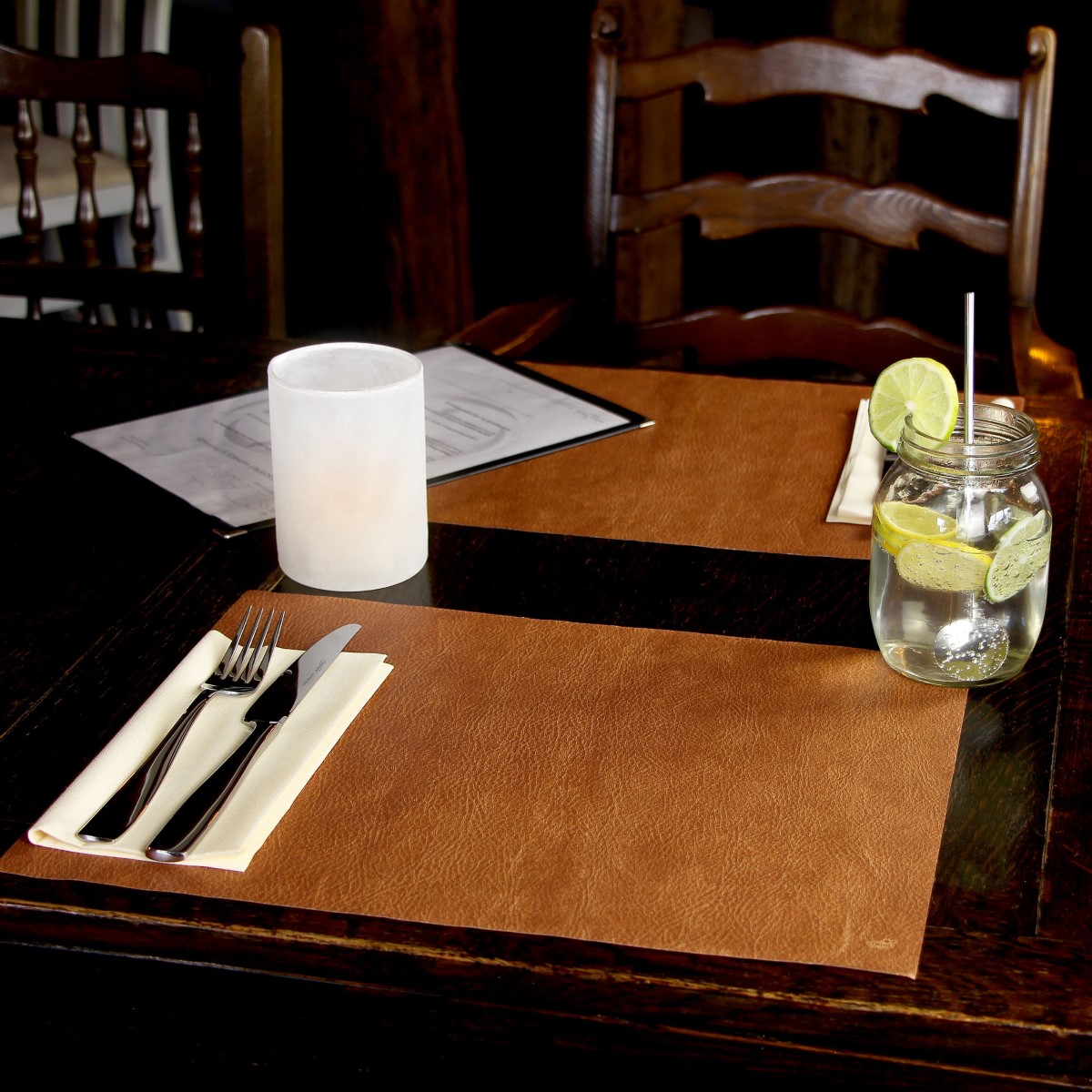





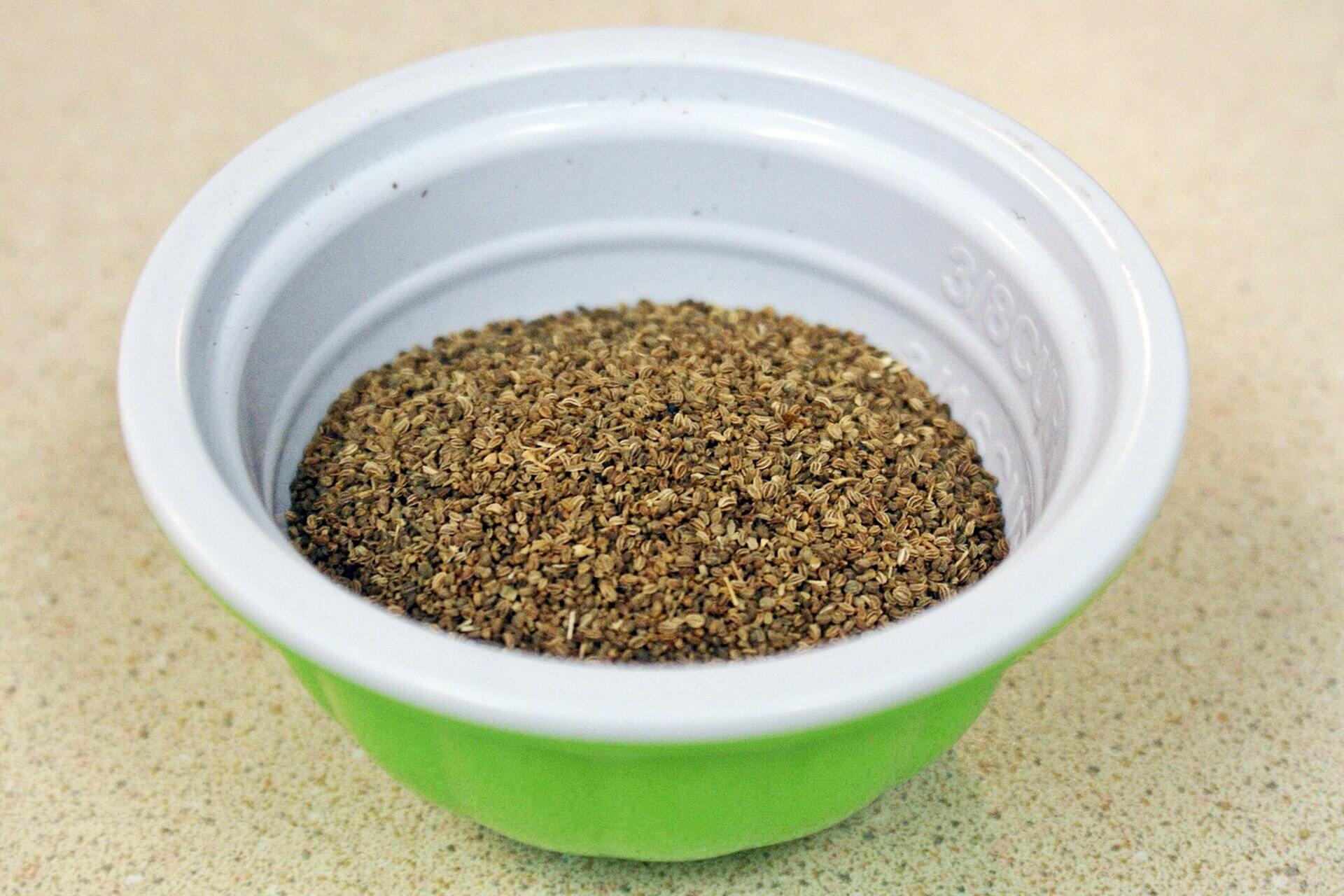
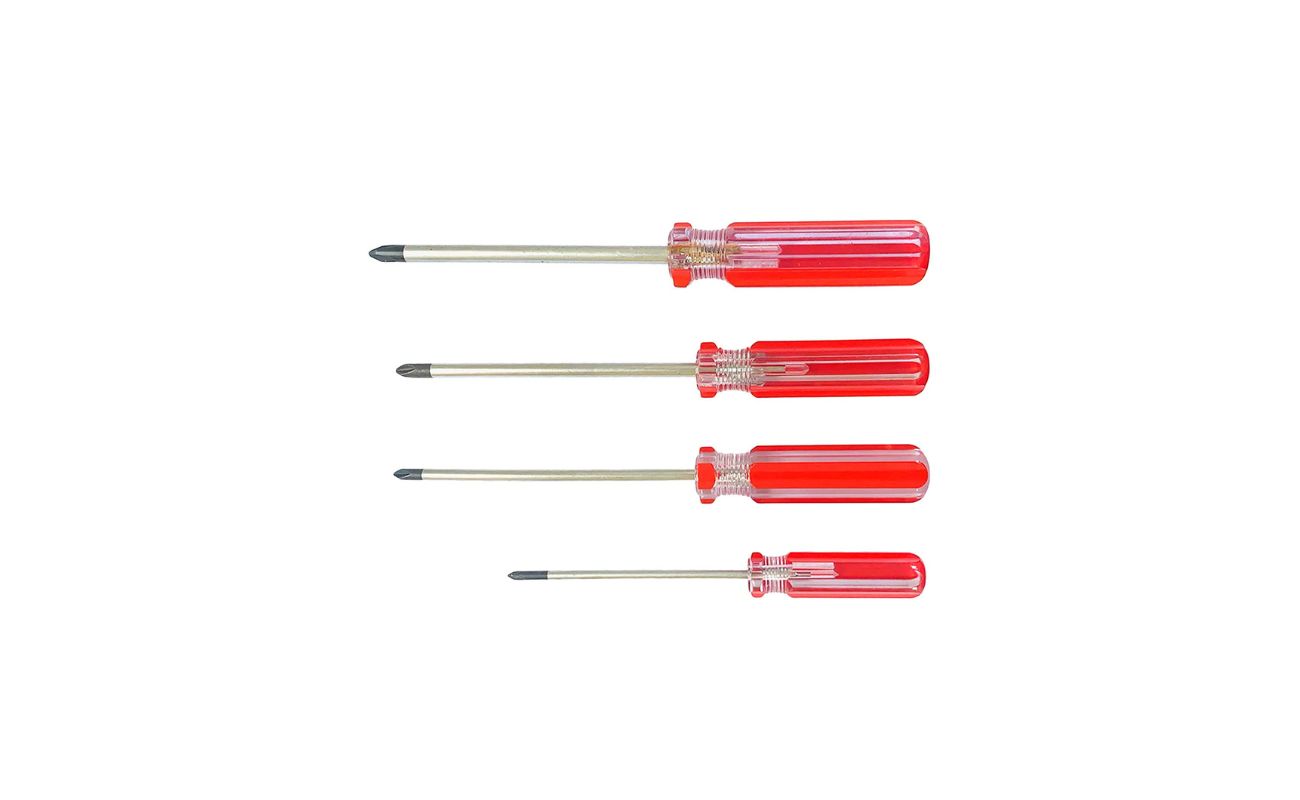

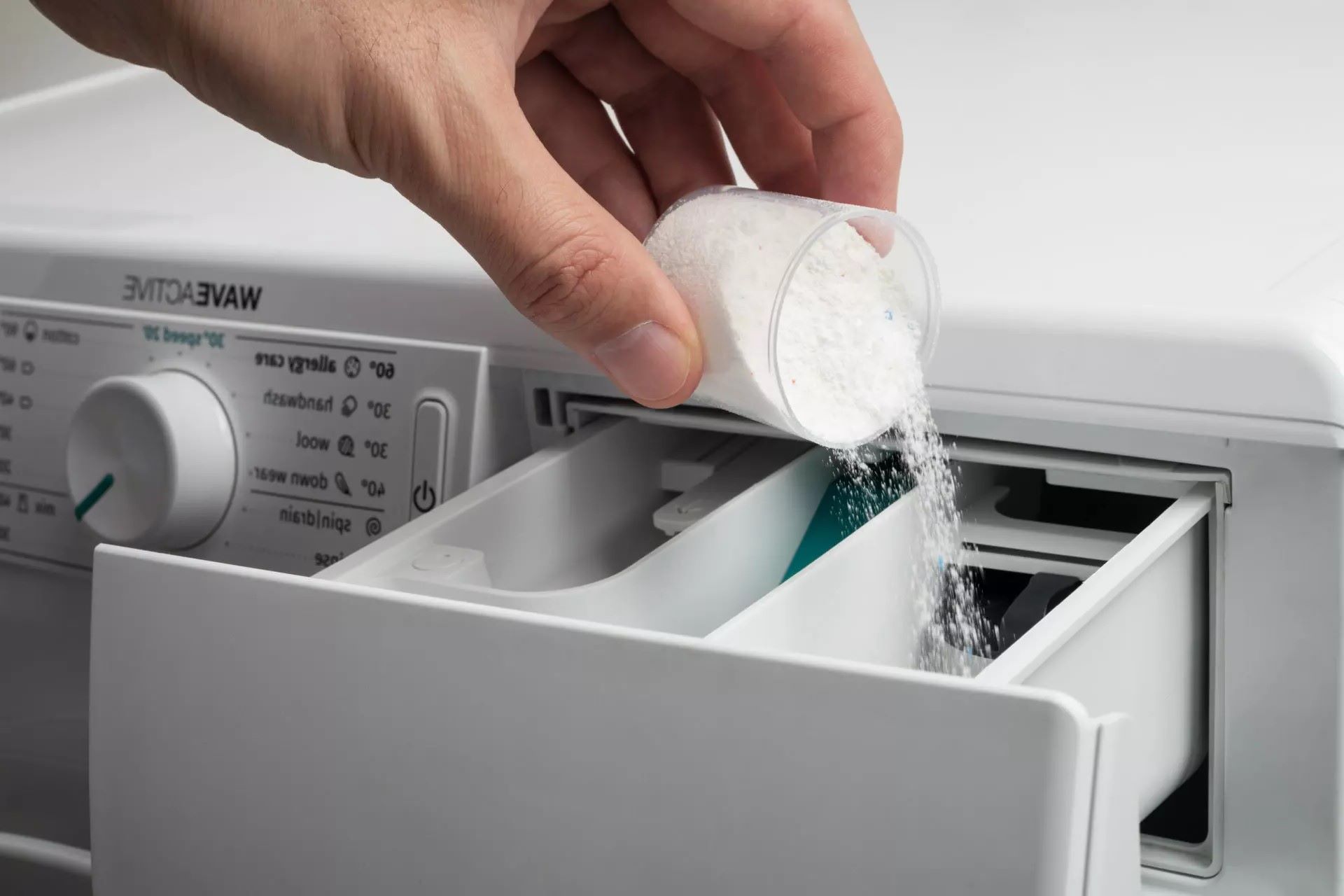
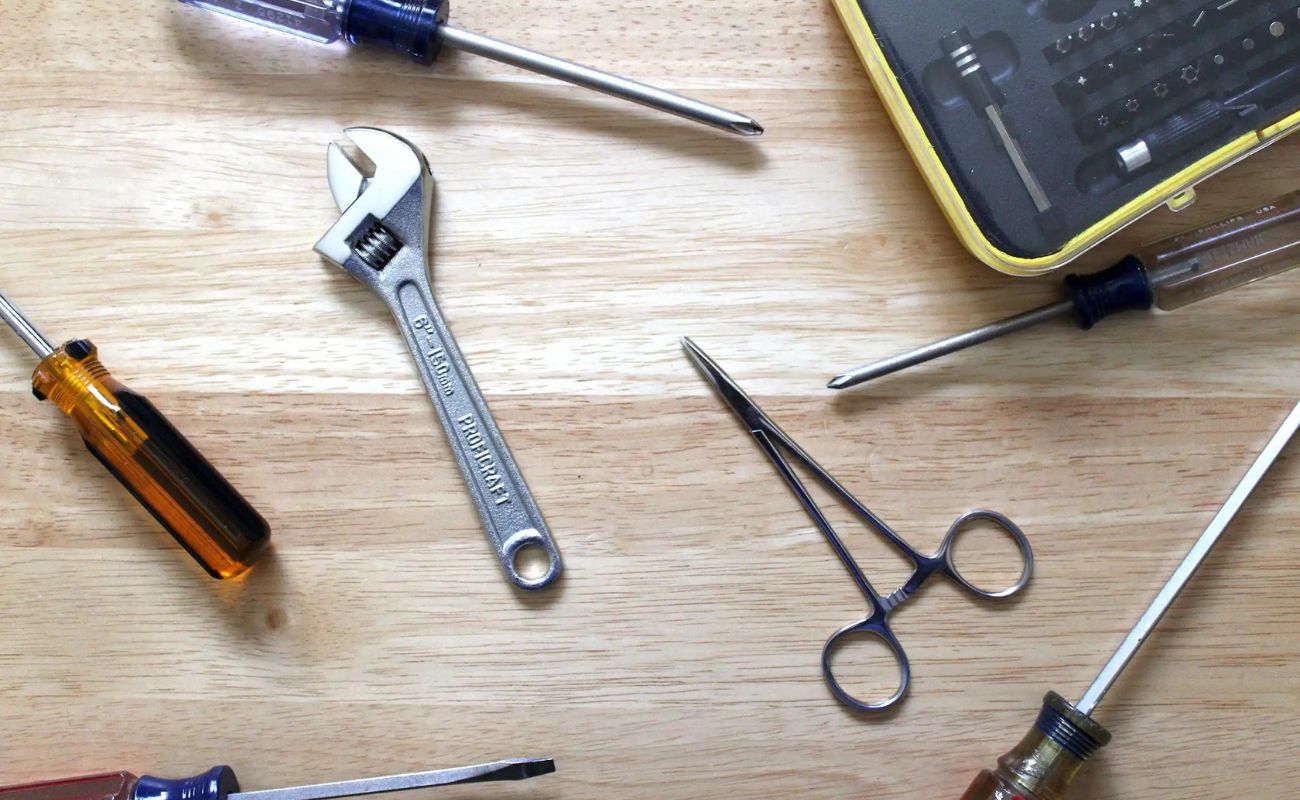
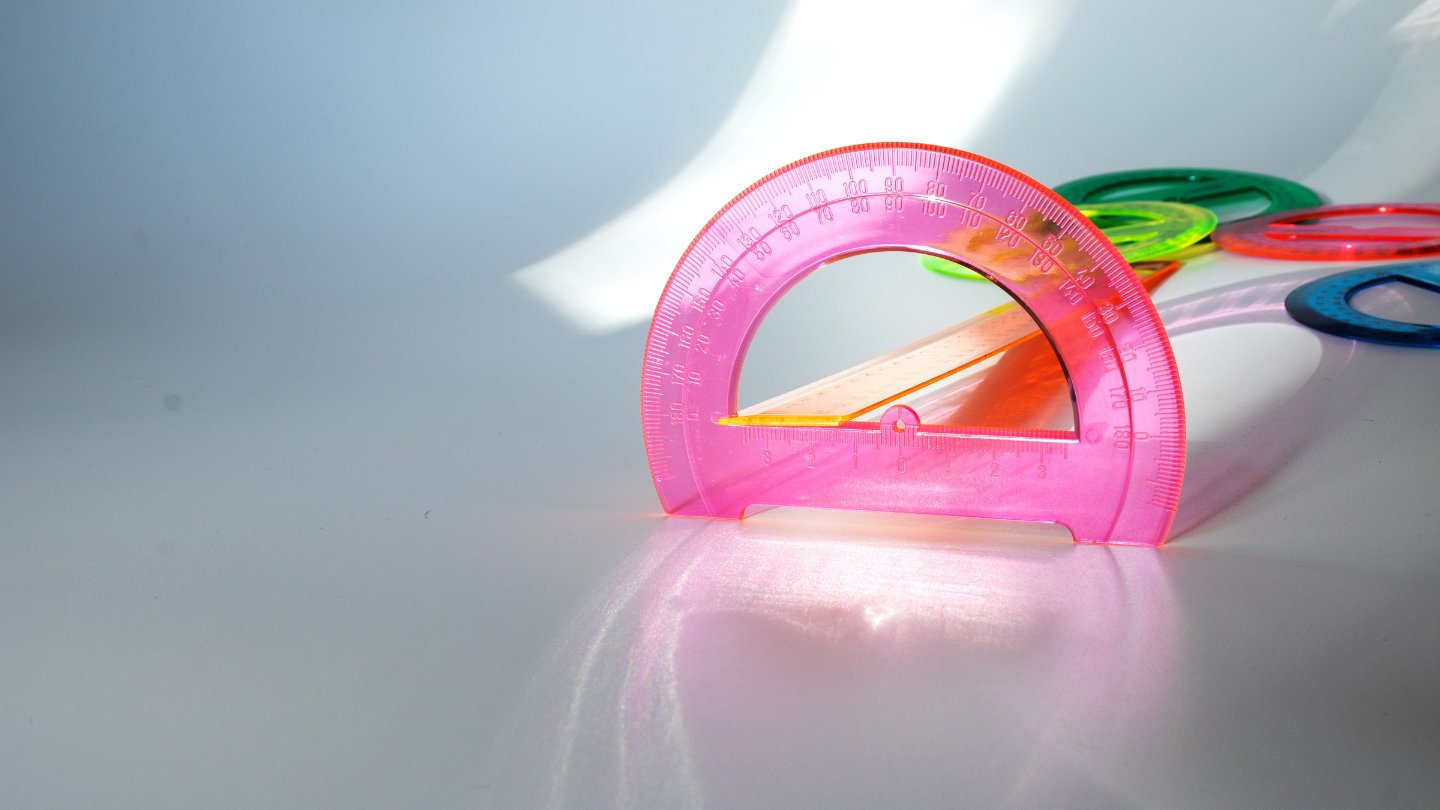

0 thoughts on “What Can I Use Instead Of A Protractor”